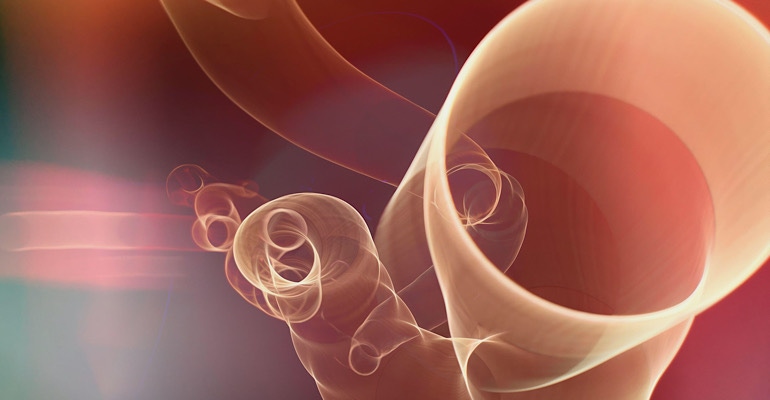ŌNŌ Used to Percutaneously Remove a Wayward Leadless Pacemaker
ŌNŌCOR’s device is indicated for use in the cardiovascular system to retrieve foreign objects using minimally invasive procedures.
September 13, 2022

The ŌNŌ endovascular retrieval system was recently used to remove a malpositioned leadless pacemaker (LPM) that embolized to the right pulmonary artery in a 52- year-old patient. A medical team at UCLA Medical Center percutaneously removed the wayward device from the patient using a combination of ŌNŌ, commercially available endovascular snares, and a large-bore sheath.
Aron Bender, M.D., the patient’s electrophysiologist at UCLA, explained in a company statement that leadless pacemakers offer many advantages over older lead-based systems. “However, embolization and misplacement of such devices, though rare, is an unavoidable risk. It is incumbent upon us as clinicians to be able to manage this complication safely, and preferably without surgery,” he said.
The ŌNŌ receives, aligns, compresses, and removes nonbiologic and biologic material from the vascular system. It is intuitive to use and is compatible with commercially available vascular sheaths, endovascular snares, and other graspers.
“I think the ŌNŌ represents a significant advancement in bailout technology, and as we saw here today, ŌNŌ will be very helpful in helping us to avoid urgent/emergent surgery moving forward,” said Dr. Jamil Aboulhosn, head of the UCLA Adult Congenital heart disease program, in a prepared statement.
“ŌNŌ was designed to add an extra layer of security to advanced endovascular procedures,” said Mark Piper, CEO of ŌNŌCOR, in the same statement. “Thanks to the team at UCLA, we can now clearly see that ŌNŌ’s reach extends into the world of electrophysiology.”
ŌNŌ received FDA clearance in May 2022 and is commercially available at selected sites in the United States.
About the Author(s)
You May Also Like



.png?width=300&auto=webp&quality=80&disable=upscale)
